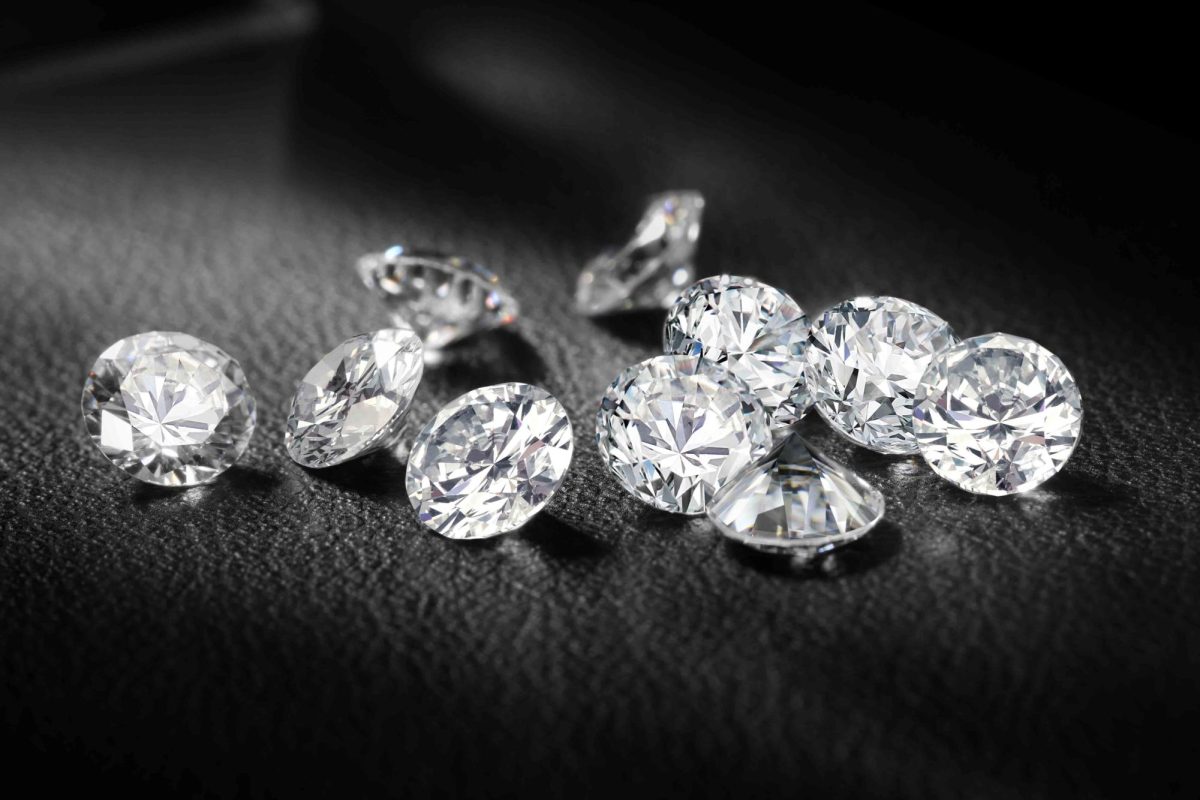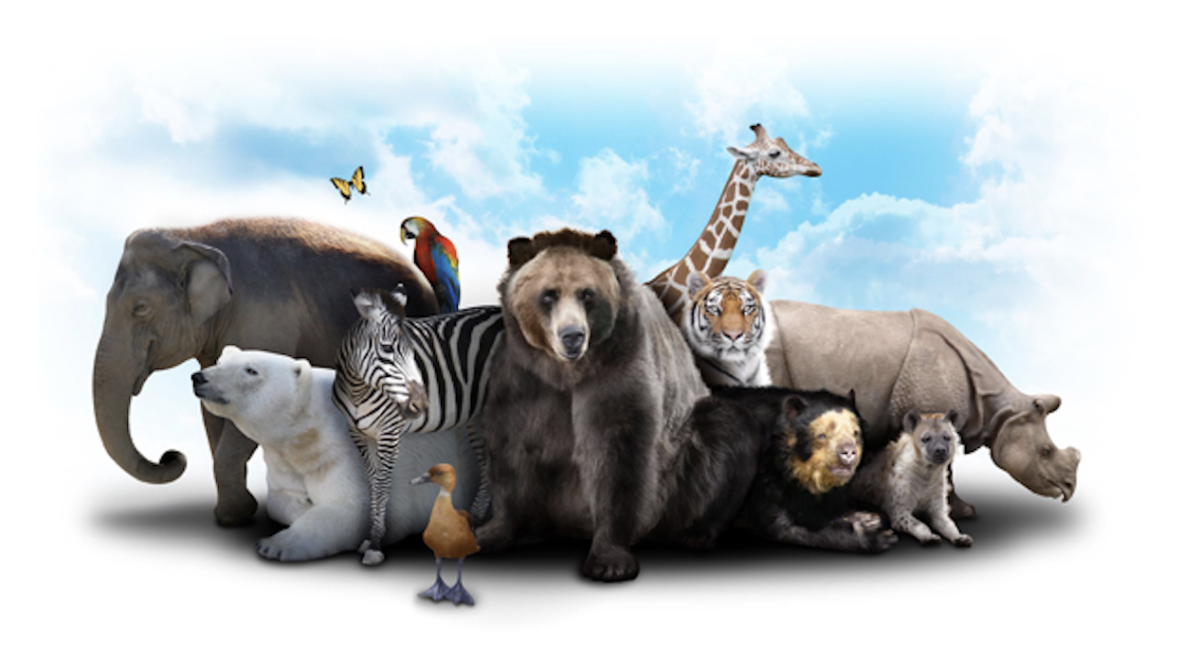Diamond. Scientifically, diamond is nothing but an allotrope or pure form of carbon. However, with the use of excellent marketing strategies and the skillful manipulation of our emotions, a diamond has a completely different meaning in today’s society.
Luxury. The ultimate declaration of love. The promise of an eternity. Exclusivity. One of a kind, never seen before. These are all words taken directly from the advertisement campaigns of diamond companies throughout the world, over the past 75 years.
A total of 130 million carats worth of diamonds are polished and shipped out of Surat, the diamond polishing capital of the world, annually. That’s a combined worth of $115.5 Billion every year. This includes diamonds the size of a grain of sugar to diamonds the size of your thumb. This has been happening for the past 100 years and will likely continue for the next 100. Looking at the sheer quantity of diamonds, what intrigues me is the repeated promise of a diamond’s Exclusivity given to its consumers by jewellery companies.
Now don’t get me wrong – I am also a party to these larger-than-life ad campaigns. I have grown up watching the iconic blue boxes of Tiffany’s with a giant diamond ring nestled snugly between those teal cushions. I have also watched in awe as Marilyn Monroe exclaimed that diamonds are a ‘girls’ best friend.’ However, once you look past the glamour of these campaigns, you find several cracks in the surface of these grand promises and the ethics of the diamond industry.
The only problem with these grand promises of exclusivity is the fact that they simply aren’t true. The most popular and available stone is a diamond. This statistic includes rubies, emeralds, and sapphires combined. Yes, combined. Where, might I ask, is this exclusivity?
The very same diamond that tends to sparkle brighter than the stars has a dark history itself. Africa, where 65% of the world’s diamonds are unearthed, has officially reported that the living and work conditions of diamond miners in African countries are often atrocious with labour-intensive and hazardous work, scandalously low pay, violent management or threat of violence, and harrowing impacts on nearby communities.
The percentage of child labourers is as high as 25% in the diamond industry, with ‘workers’ as young as four years old. Whilst diamonds may be a ‘girl’s best friend’ for some, they are the cause of death and suffering for others.
Overmining to maximise profits has left these areas extensively and irreparably damaged. The inhabitants of these areas are unable to live there due to the debris, air pollution, and land scarring caused to the environments and their land, all in the quest to uncover these diamonds.
Unfortunately, these problems are not all.
The latest obstacle in the ‘natural’ diamond market is the presence of ‘Lab-grown diamonds.’ Lab-grown diamonds are exact replicas of natural diamonds that are made in laboratories, under the pressure of a machine rather than the pressure of the earth.
These diamonds are characteristically the exact same as natural diamonds, so much so that if a natural and lab-made diamond are placed between a trained and expert gemologist, they cannot distinguish between the two.
The primary difference between these two diamonds is their price. A natural diamond costs 2-3 times more than what a synthetic diamond may cost. Reading this, you may wonder, both diamonds have different markets based on their price, so what difference do these diamonds make to natural diamonds?
Unfortunately, in the realm of diamonds, a subtle blending or intermixing between the two diamonds occurs. Authentic natural diamonds now share their spotlight with lab-grown counterparts which have been meticulously crafted by human creation. The diamond industry witnesses an interplay, in which the distinction between nature’s creation and human innovation has begun to blur, causing lab-made diamonds to be sold at the price of natural diamonds to consumers.
Technically speaking, there is no proof to distinguish between which diamond has been authentically sourced from the earth or made in a machine. This causes a large discrepancy in the credibility of sourcing these diamonds.
Considering the dire situations these diamonds are mined in and the consequences of mining on the miners and inhabitants of areas near the mine, some may even argue that lab-grown diamonds are better than natural diamonds since they are cruelty-free and conscious of nature to a large extent.
The final opinion of which diamond triumphs finally lies in the outlook of the person comparing the two.
Some may argue against natural diamonds by pointing out the ghastly labour conditions faced by miners and the land pollution caused to areas surrounding diamond mines, whilst some may argue that in the long run, there are bound to be shortcomings in lab-grown diamonds.
Ultimately, diamond merchants never really set out to sell a diamond. They set out to sell an idea: the idea of a diamond being the epitome of expressing affection for a person, the thrill of being given something so expensive and unique, something that is the ‘height’ of luxury, and just the feeling of wearing something naturally shiny on your fingers as though it means the world.
Now, the decision of whether you invest in the ‘experience’ of natural diamonds or the practicality of lab-grown diamonds is in your hands.
I for one know that the next time I see giant billboards written in a beautiful and sleek font proclaiming that ‘A diamond lasts forever’, I will ask myself the question: ‘At what cost?’









